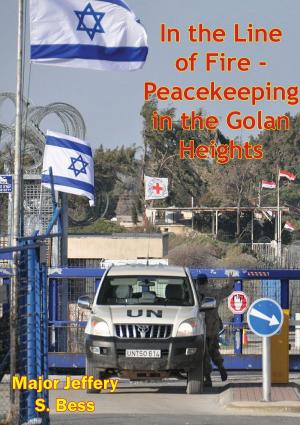| Author: | Anne Davison | ISBN: | 9781311557094 |
| Publisher: | Anne Davison | Publication: | June 29, 2016 |
| Imprint: | Smashwords Edition | Language: | English |
| Author: | Anne Davison |
| ISBN: | 9781311557094 |
| Publisher: | Anne Davison |
| Publication: | June 29, 2016 |
| Imprint: | Smashwords Edition |
| Language: | English |
The history of the Ottoman Empire, as with most Empires, is complex. It is also a history that is little understood by the general public. At the same time there are many events that occurred within the context of Ottoman history that the general reader may be quite familiar with: for example, the Fall of Constantinople in 1453, the Crimean War in 1853, the Battle of Gallipoli or exploits of Lawrence of Arabia during the First World War.
This book begins with the arrival of the Turkic tribes into Anatolia in the 13th century and covers the main events up to and including the dissolution of the Empire in 1923. The final part of the book explores the link between today’s conflicts in the Middle East and the peace process following the First World War, in particular the Sykes-Picot Agreement, the Balfour Declaration and the Treaty of Sevres.
Although all Ottoman history is fascinating, the period from the 18th century onwards is particularly important in relation to the making of today’s Eastern Europe and the Balkans. Equally, if not more importantly, is the period from the First World War and the dissolution of the Empire. A better understanding of this last period could help many people make better sense of the complex situation in the Middle East today.
As with other books in the ‘In Brief’ series, this book is aimed at the general reader who wants to understand a particular historical topic but does not have the time or inclination to read a heavy academic tome. With this mind, footnotes have been omitted but the reader should find the maps very helpful.
The history of the Ottoman Empire, as with most Empires, is complex. It is also a history that is little understood by the general public. At the same time there are many events that occurred within the context of Ottoman history that the general reader may be quite familiar with: for example, the Fall of Constantinople in 1453, the Crimean War in 1853, the Battle of Gallipoli or exploits of Lawrence of Arabia during the First World War.
This book begins with the arrival of the Turkic tribes into Anatolia in the 13th century and covers the main events up to and including the dissolution of the Empire in 1923. The final part of the book explores the link between today’s conflicts in the Middle East and the peace process following the First World War, in particular the Sykes-Picot Agreement, the Balfour Declaration and the Treaty of Sevres.
Although all Ottoman history is fascinating, the period from the 18th century onwards is particularly important in relation to the making of today’s Eastern Europe and the Balkans. Equally, if not more importantly, is the period from the First World War and the dissolution of the Empire. A better understanding of this last period could help many people make better sense of the complex situation in the Middle East today.
As with other books in the ‘In Brief’ series, this book is aimed at the general reader who wants to understand a particular historical topic but does not have the time or inclination to read a heavy academic tome. With this mind, footnotes have been omitted but the reader should find the maps very helpful.















